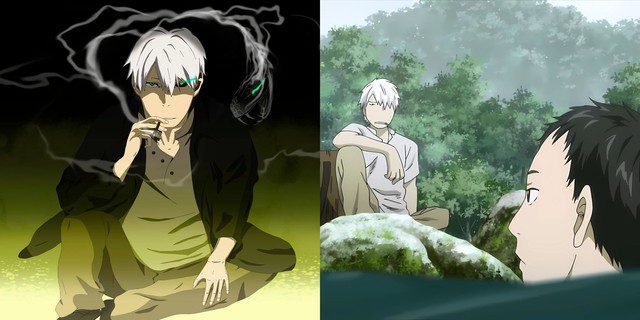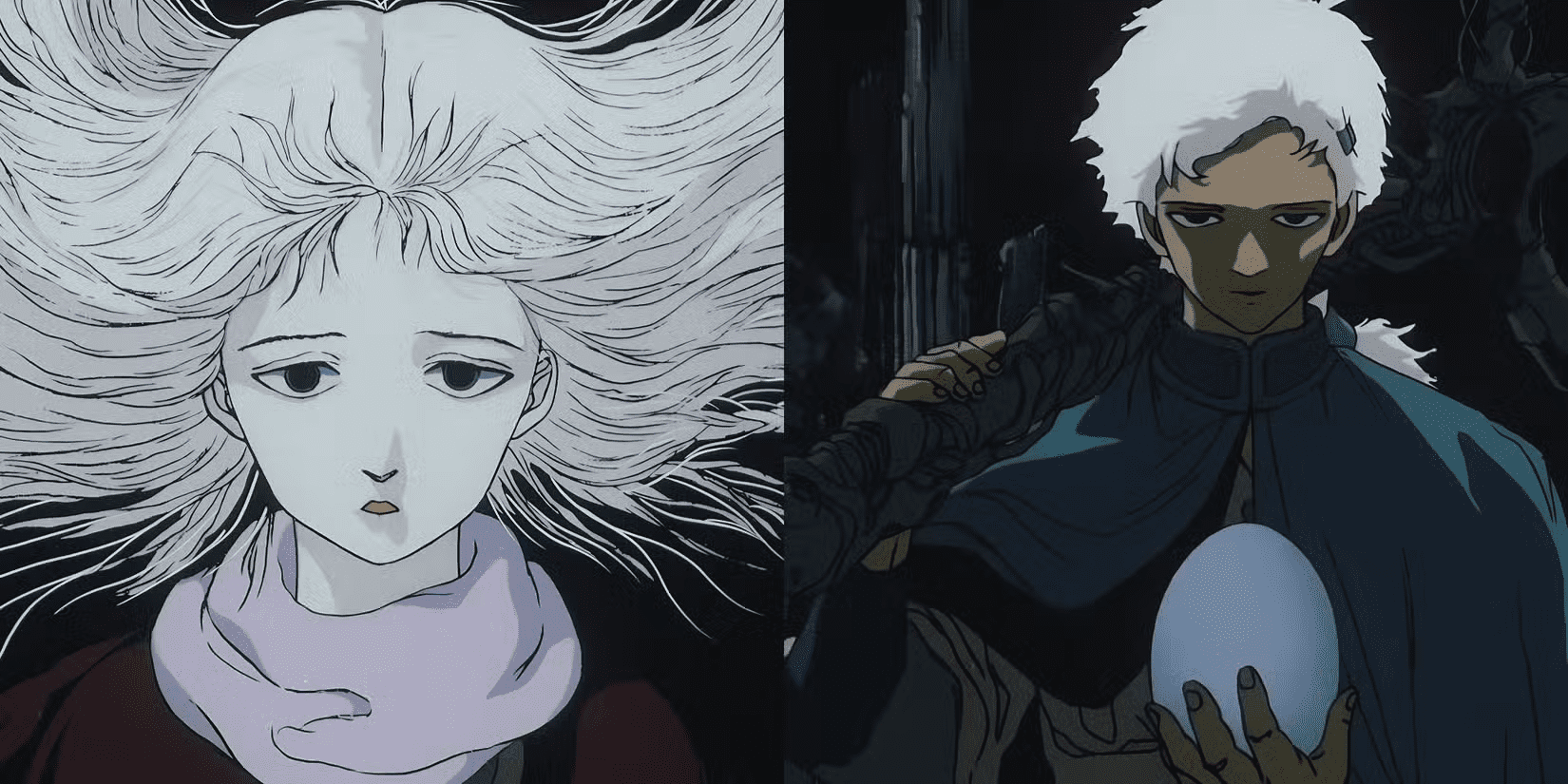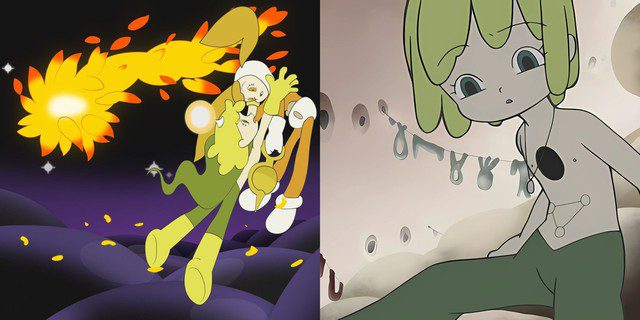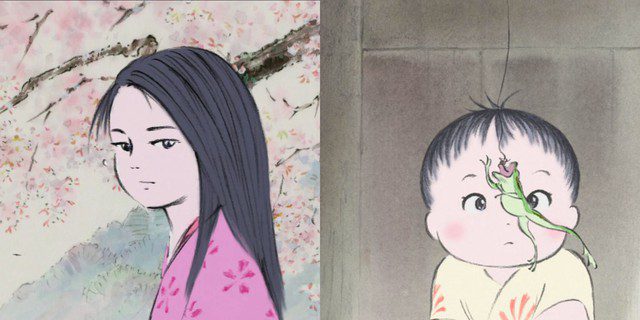In a form of artistic expression characterized by profound interpretations and pronounced aesthetics, some anime stand out by crafting a unique narrative that transcends dialogue, creating experiences that evoke emotions through visuals, sound design, and character expressions.
Below are 7 anime that may be minimalistic in dialogue yet are exceptionally impactful:
7. Mushishi

Following Ginko, a wandering expert who resolves supernatural phenomena known as Mushi, this anime utilizes quiet storytelling combined with naturalistic imagery and soundscapes. Unlike other anime, Mushishi employs silence to highlight mystery and blur the lines between the natural world and the supernatural.
Episodes often feature long scenes without dialogue, focusing on Ginko’s observations of environments or manifestations of Mushi. These tranquil moments are essential for establishing the unique atmospheric ambiance of the series, where humanity, nature, and supernatural elements coexist in a delicate balance, often leaving feelings unspoken.
6. Kino’s Journey

Kino’s Journey follows a traveler and her talking motorcycle, Hermes, as they visit various countries, each with unique cultures and societies. While Hermes often converses, Kino takes on the role of an observer, rarely intervening in the interactions she encounters. This approach transforms each episode into a philosophical exploration, prompting viewers to draw their conclusions about the depicted societies.
The minimalist dialogue emphasizes the importance of observation over participation, and Kino’s character embodies a passive yet critical perspective that allows the audience to reflect on societal issues without immediate judgment.
5. Angel’s Egg

This 1985 film by Mamoru Oshii serves as a quintessential example of minimalistic storytelling in anime. Following a mysterious girl guarding an egg in a desolate landscape, the film relies heavily on visual and auditory symbolism rather than dialogue to convey its themes.
The absence of spoken words transforms the imagery into a canvas for interpretation, inviting viewers to engage actively with the visual and sound design, as they construct meaning from the sensory experience. This approach creates a sense of existential exploration, blurring the line between narrative and atmosphere.
4. Texhnolyze

Set in a deteriorating underground city where human existence merges with technology, Texhnolyze begins with a series of 12-minute episodes characterized by minimal dialogue. The narrative focuses on the grim realities of a society on the brink of collapse, emphasizing the disconnect between humanity and its environment.
The minimalist approach enhances the theme of isolation, showcasing characters who often share the same physical space without meaningful communication. The silence serves as a poignant reminder of the disconnection in a world increasingly dominated by technology.
3. Kaiba

Despite its colorful animation style, Kaiba delivers a surreal narrative about memory and identity in a world where consciousness can be transferred between bodies. The storytelling is non-linear, challenging viewers to piece together the protagonist’s journey through fragmented experiences.
This unique narrative structure requires audiences to engage actively with the visuals and symbolism presented, creating a more immersive viewing experience that encourages individual interpretation and meaning-making.
2. Sonny Boy

When a group of high school students finds themselves transported to an alternate dimension, Sonny Boy delves into themes of isolation and self-discovery. The narrative employs minimal dialogue, allowing the characters’ experiences to unfold in a surreal environment that challenges their understanding of reality.
The use of sound and visual elements enhances the emotional weight of the characters’ journeys, creating a sensory experience that reflects the complexities of adolescence and existential exploration.
1. The Tale of the Princess Kaguya

This adaptation of the classic Japanese folktale by Studio Ghibli uses minimal dialogue, relying instead on a watercolor animation style that evokes deep emotions and a sense of nostalgia. The film masterfully conveys Princess Kaguya’s emotional journey through artistic visuals rather than explicit storytelling.
The expressive animation captures the essence of Kaguya’s experiences, allowing viewers to connect with the character’s inner world while exploring broader themes of love, loss, and the fleeting nature of life.
Bảo Lâm (According to Dualshockers)





















